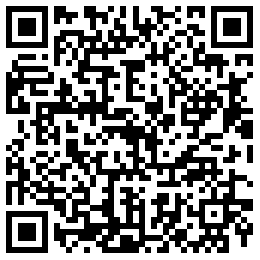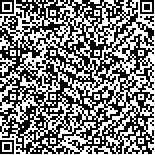|
| Abstract: |
| In this paper, it studies the problem of trajectory planning and tracking for lane changing behavior of vehicle in automatic highway systems. Based on the model of yaw angle acceleration with positive and negative trapezoid constraint, by analyzing the variation laws of yaw motion of vehicle during a lane changing maneuver, the reference model of desired yaw angle and yaw rate for lane changing is generated. According to the yaw angle model, the vertical and horizontal coordinates of trajectory for vehicle lane change are calculated. Assuming that the road curvature is a constant, the difference and associations between two scenarios are analyzed, the lane changing maneuvers occurred on curve road and straight road, respectively. On this basis, it deduces the calculation method of desired yaw angle for lane changing on circular road. Simulation result shows that, it is different from traditional lateral acceleration planning method with the trapezoid constraint, by applying the trapezoidal yaw acceleration reference model proposed in this paper, the resulting expected yaw angular acceleration is continuous, and the step tracking for steering angle is not needed to implement. Due to the desired yaw model is direct designed based on the variation laws of raw movement of vehicle during a lane changing maneuver, rather than indirectly calculated from the trajectory model for lane changing, the calculation steps are simplified. |
| Key words: intelligent transportation systems lane changing yaw angle model trajectory planning |
| DOI:10.11916/j.issn.1005-9113.2016.01.004 |
| Clc Number:U461.2 |
| Fund: |






